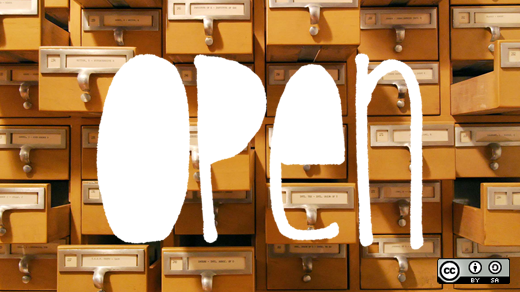The Defense Advance Reseach Project Agency (DARPA) is one of the government-sponsored research agencies that most boldly explores the future of science and technology. Given that many of its research projects have military applications, it has been traditional for the agency to be secretive about them. In recent years, however, DARPA has been embracing the benefits of open source, particularly for promoting rapid innovation. Last week, the agency opened to the public a new portal featuring a catalog all its open source projects.
Past breakthrough achievements of DARPA include:
- The invention of the Internet (ARPANET).
- Time-sharing operating systems
- The Global Position System (GPS)
- Virtual reality and multimedia
- Self-driving cars
Some have described the culture of the agency as one that celebrates 'mad scientists' going around building and creating technologies to bring the future about. With an annual budget of $2.8 billion, DARPA drives a good portion of the advanced research that happens at universities and corporations in the US.
The new catalog features not only open source software that has been sponsored by the agency, but also open access publications of its funded research. All content that is sensitive to military applications was removed.
Most of the projects in the new catalog are related to the XDATA initiative, that is developing open source infrastructure for supporting big data.
Among the salient projects in the catalog we can find:
- Vega: visualization grammar
- Lyra: interactive visualization environment
- LineUp: scalable rankings visualization
- Blaze: the next generation of NumPy
- Tangelo: HTML5 web server architecture platform
- OODT: Apache project for distributed resources
- WINGS: workflow for designing scientific experments
- OZONE: widget framework (that I covered here)
- Spark: Apache project engine for large-scale data processing
- VMR: Visual Media Reasoning
Explaining the motivation for this move, the agency's press release states:
Many DoD (Department of Defense) and government research efforts and software procurements contain publicly releasable elements, including open source software.
The nature of open source software lends itself to collaboration where communities of developers augment initial products, build on each other's expertise, enable transparency for performance evaluation, and identify software vulnerabilities.
DARPA has an open source strategy for areas of work including big data to help increase the impact of government investments in building a flexible technology base.
The press release also elaborates on the importance of building collaborative communties around these open source projects:
"Making our open source catalog available increases the number of experts who can help quickly develop relevant software for the government," said Chris White, DARPA program manager.
"Our hope is that the computer science community will test and evaluate elements of our software and afterward adopt them as either standalone offerings or as components of their products."
This new catalog of open source software is a great step towards bringing the benefits of rapid innovation through open source to government, industry, and academia.







2 Comments